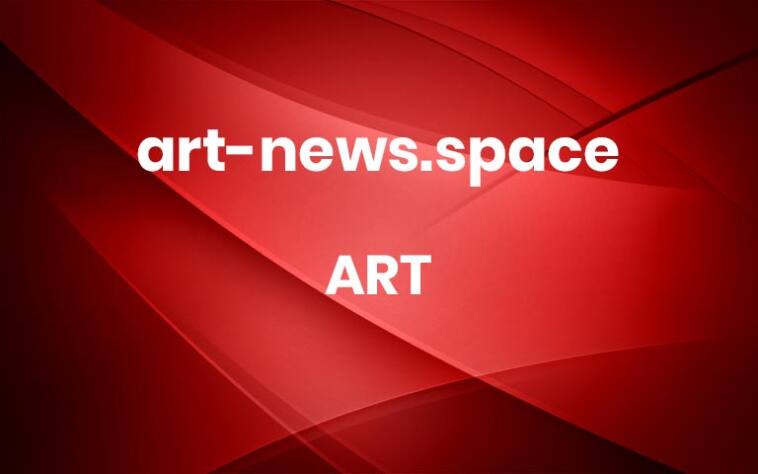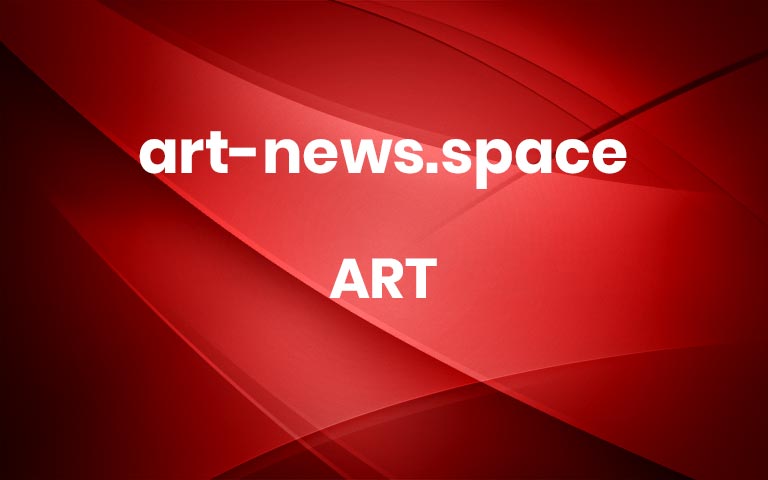Social Realism and the Surreal Converge in Bryce Wymer’s Evocative Sketchbooks
All images © Bryce Wymer, shared with permission
Social Realism and the Surreal Converge in Bryce Wymer’s Evocative Sketchbooks
October 26, 2025
ArtIllustration
Kate Mothes
Share
Pin
Bookmark
Mysterious light sources, geometric puzzles, disjointed figures, and bold hues characterize the diverse, narrative compositions of Bryce Wymer. The Brooklyn-based artist is known for his enigmatic, emotive murals, paintings, and illustrations. Merging the analog and the digital, Wymer’s pieces often explore themes of social interactions and power dynamics, often through a lens tinged with anxiety, mystery, and solitude.
Whether working on large-scale commissions or more intimate drawings, sketchbooks remain Wymer’s primary jumping-off points. “I’ve been keeping sketchbooks since middle school, when I filled them with graffiti tags, local DIY show flyer ideas, and zine layouts,” Wymer tells Colossal. “Over the years, they’ve evolved from casual notebooks into an essential part of my creative process. I carry one with me at all times, and without it, I feel pretty untethered.”
The artist often makes his way through three to four books each year, sometimes experimenting with compositions on grander canvases but often leaving them within their small format. “Some lose their raw energy when translated to a larger scale, which is a tension I enjoy trying to navigate,” he says. “That in-between space, where an idea first lands and where it eventually ends up, is part of what keeps the process so compelling.”
Wymer has recently been focused on figurative motifs that examine what he describes as “quiet tension and emotional complexity.” He positions the figures within minimal environments, highlighting social dynamics with undercurrents of vulnerability and perceptions of control—or lack thereof.
Flat planes of saturated color nod to Social Realism, a movement that emerged between the World Wars and shone a light on everyday people as heroes in the face of especially government-generated adversity. For Wymer, Social Realism is indelibly linked to emotional and collective experience, which he channels through a varied and ever-evolving contemporary aesthetic. “More than anything, the sketchbook is my playground, free from expectations or fear of failure,” he says. “In any artistic practice, it’s important to have a space where very few rules exist.”
See more on Wymer’s website and Instagram, and watch even more timelapses on his Vimeo channel.
Do stories and artists like this matter to you? Become a Colossal Member now, and support independent arts publishing.
Hide advertising
Save your favorite articles
Get 15% off in the Colossal Shop
Receive members-only newsletter
Give 1% for art supplies in K-12 classrooms
Join us today!
$7/month
$75/year
Explore membership options
Next article More



